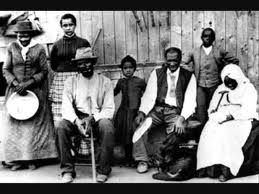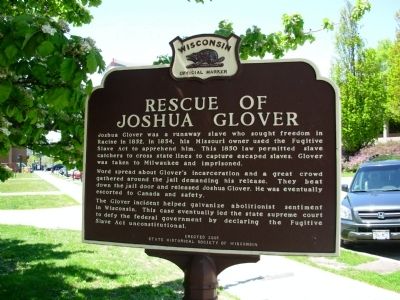Nearly Three Centuries of Enslavement
Introduction
We all know that slavery once existed in the United States. This gallery introduces us to realities of the so-called “peculiar institution” that we may not know. Learning about these realities can help us understand how our nation’s slaveholding past continues to shape our economic, social and political systems today.
This gallery contains some tough descriptions of some people's inhumanity to other people. It also tells uplifting stories of resistance by enslaved people. It also speak of their allies – white and black – and recounts stories of redemption.
Holding a people in bondage for nearly three hundred years is a very long time. Our nation itself is younger than that. Some sixteen generations of black Americans lived out their entire lives enslaved, as property. At the same time, sixteen generations of white Americans lived their entire lives in a land where slave-holding was “normal.” For nearly three hundred, white children and adults learned that it was acceptable to think of and treat dark-skinned people as less than human.
As you explore this gallery, think about how inheriting this system as a citizen of the United States – white, black, Latinx, Native American, born here or abroad – may have influenced your ways of thinking, feeling and behaving.
The gallery is currently under construction. Please check back periodically to see exhibits as we add them. For upcoming exhibits please view the ‘Exhibits to Come’ exhibit below.
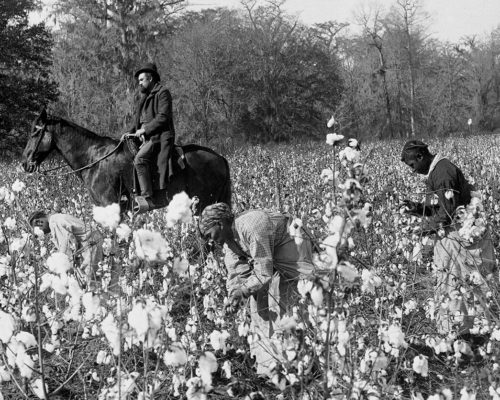
Exhibits
Traces of the Trade: The North’s Complicity in Slavery
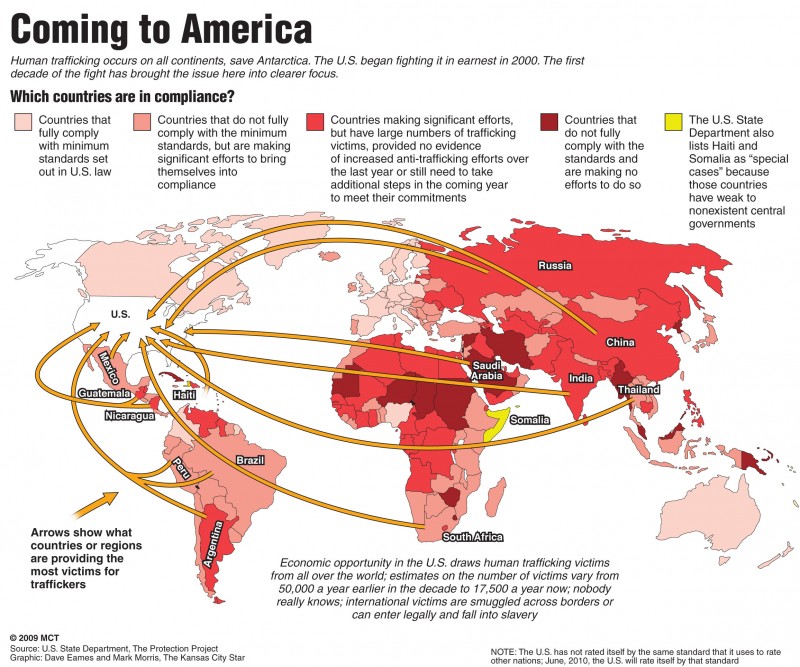
Learn about the significant complicity of the northern states in the slave trade and slaveholding in the history of slavery in the United States. Many northern industries and business were dependent on slave labor in both the North and South. Northern consumers were dependent on the products of this slave labor for food, clothing, and amenities like rum and sugar.
Nat Turner’s Rebellion: Horrific or Heroic?
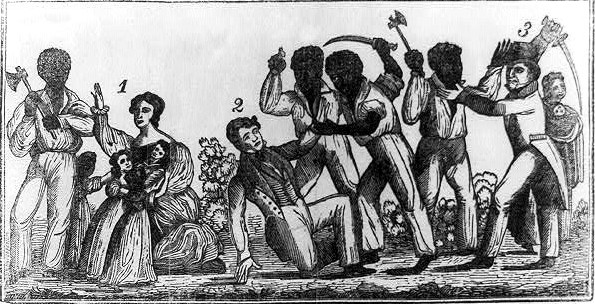
This is the story of one of the largest rebellions by enslaved Africans in American history. It is also the story of historiography–how the past is researched, viewed, and written about.
The Freedmen of Wisconsin
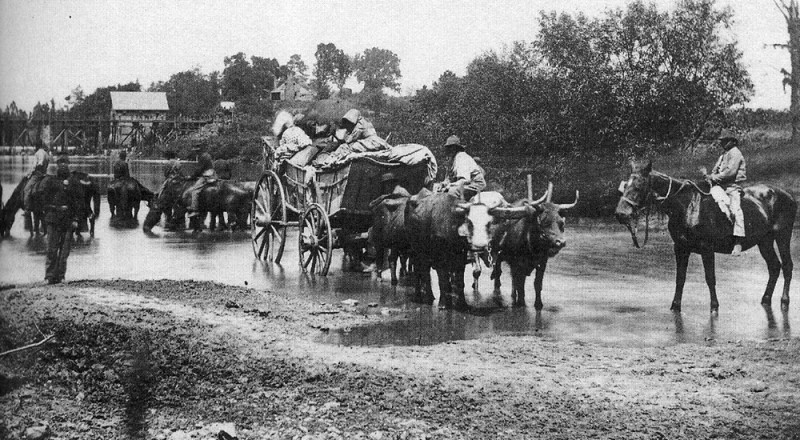
Some stories of the thousands of slaves who freed their families by escaping to Union lines. Why and how they came to settle and thrive in rural Wisconsin.
The Scourged Back: How Runaway Slave and Soldier Private Gordon Changed History
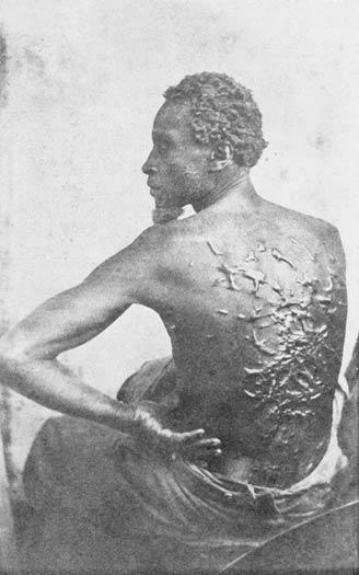
This famous photograph communicated a powerful message about the so-called “peculiar institution”—undermining the notion that slavery was benign.
Frederick Douglass: “The Meaning of July Fourth for the Negro”
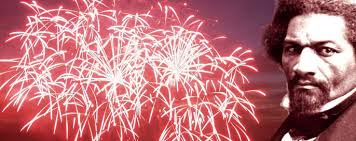
On July 5, 1852, abolitionist and ex-slave Frederick Douglass gave this famously pointed speech at an event commemorating the signing of the Declaration of Independence. He told his white audience, “This Fourth of July is yours, not mine. You may rejoice, I must mourn.”
How Slavery Became the Law of the Land “For Blacks Only”
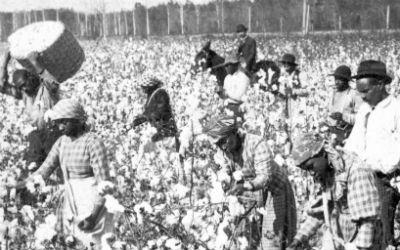
The system of basing slavery on a person’s race did not occur in the first years of European settlement in America. However, by the 1660s, slavery was instituted and reserved for Africans only. How did this happen?
A 1859 Slave Auction in Savannah, as Reported by the New York Tribune
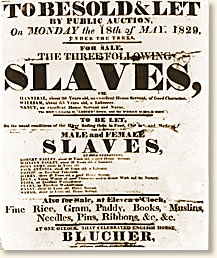
In early March 1859 an enormous slave action took place at the Race Course three miles outside Savannah, Georgia. Four hundred thirty-six slaves were to be put on the auction block including men, women, children and infants. Word of the sale had spread through the South for weeks, drawing potential buyers from North and South Carolina, Virginia, Georgia, Alabama and Louisiana. All of Savannah’s available hotel rooms and any other lodging spaces were quickly appropriated by the influx of visitors. In the days running up to the auction, daily excursions were made from the city to the Race Course to inspect, evaluate and determine an appropriate bid for the human merchandise on display.
